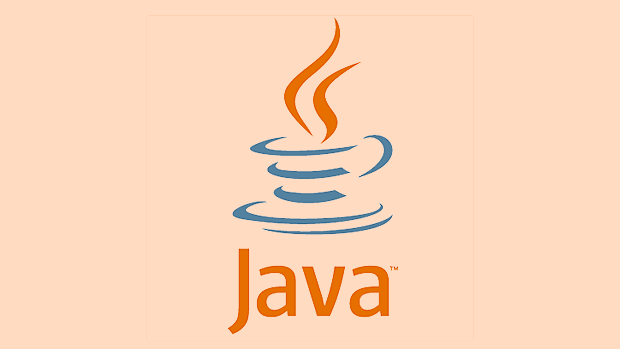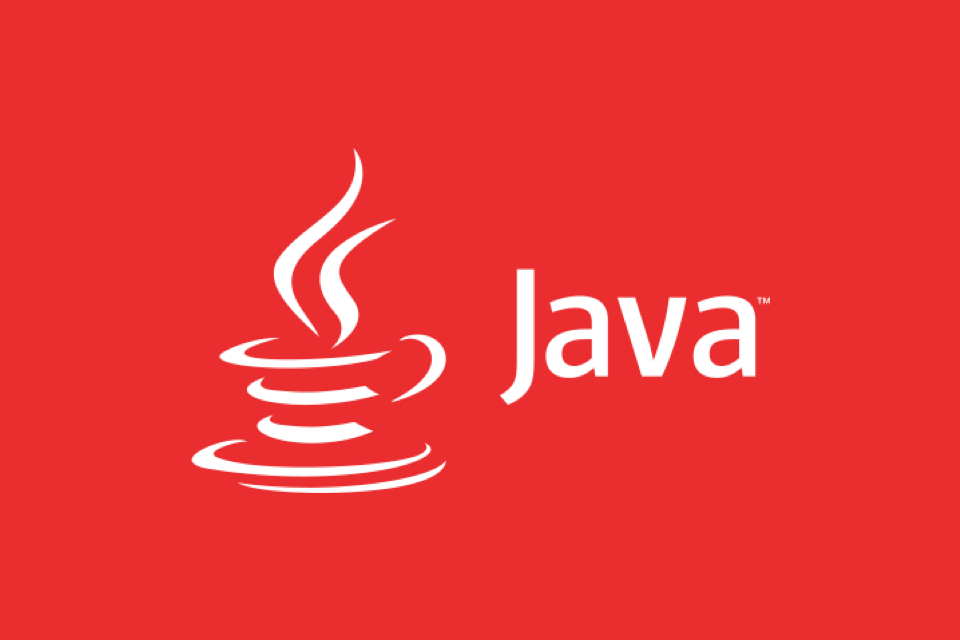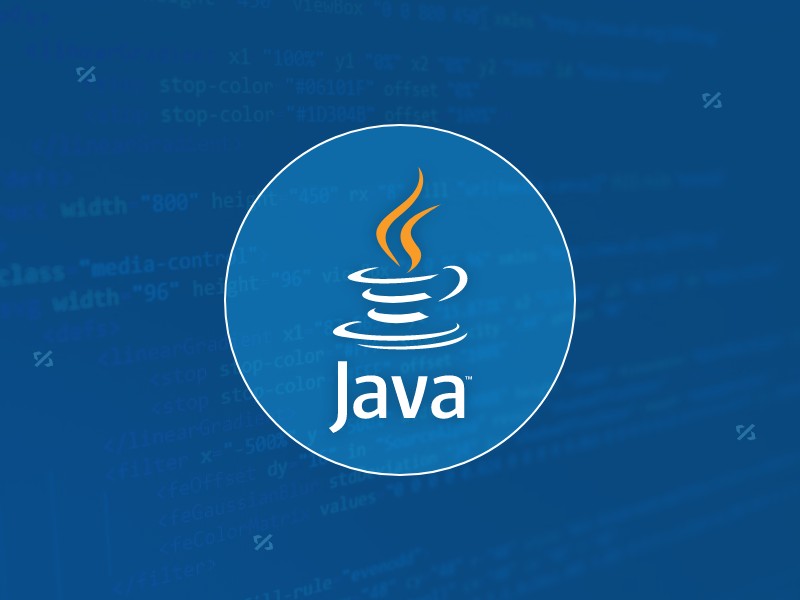volatile is a lightweight synchronization mechanism in Java to ensure variable visibility and orderliness. It is suitable for scenarios where variable changes need to be perceived in a timely manner in a multi-threaded environment. 1. It ensures that the thread reads the latest value of the variable and forces read and write to directly operate the main memory; 2. It prohibits instruction reordering and maintains the program execution order; 3. It does not guarantee atomicity and is not suitable for compound operations such as i. Common uses include status flags, one-time releases, and independent observation updates. When using it, use it with lock or CAS operation to avoid concurrent errors caused by misuse.

In Java, the function of the volatile keyword is to ensure the visibility and order of variables. It is mainly used in multi-threaded programming to avoid threads reading expired data. It cannot guarantee atomicity, but it can solve the problem of data inconsistency in some concurrent scenarios.

What are volatile variables?
volatile is a lightweight synchronization mechanism provided by Java. When you declare a variable as volatile , Java ensures:

- All threads read the variable to see the latest writes from other threads to the variable.
- Instructions are prohibited from reordering optimization, thereby ensuring the consistency of variable reading and writing order.
For example: If multiple threads share a Boolean flag variable to control whether the loop continues to execute, using volatile can ensure that the main thread's modification of this variable can be sensed by the worker thread in a timely manner.
Applicable scenarios for volatile
volatile is not suitable for composite operations (such as autoincrement i) because it does not guarantee atomicity. But it applies to the following situations:

- Status flags : For example, switch variables used to control the running state of a thread.
- One-time safe release : such as configuration information after initialization is completed.
- Independent observation value update : such as the temperature value that the sensor is constantly updated.
A common practice is to set a variable to volatile so that other threads can see its changes in time.
For example:
public class Worker {
private volatile boolean running = true;
public void stop() {
running = false;
}
public void run() {
while (running) {
// do work
}
}
} In this example, the loop exits as long as stop() method is called.
How does volatile affect memory models?
The Java Memory Model (JMM) specifies how threads interact with main memory. Each thread has its own local memory, and variables may be cached in local memory. volatile force thread to obtain variables from the main memory every time it reads, and writes are immediately refreshed to the main memory.
In addition, volatile also provides a "wappens-before" relationship, that is:
- Write operation to the
volatilevariable happens-before The subsequent read operation to the variable. - All operations before the write operation will occur before the write operation.
- All operations after the read operation will occur later than the read operation.
This effectively prevents concurrency problems caused by reordering the code by the compiler or processor.
Notes on using volatile
Although volatile is convenient, there are some limitations to pay attention to:
- It cannot replace locks (synchronized or lock). If your operation involves multiple steps (such as read-change-write), you still need to add a lock.
- Don't overuse
volatile. Use only in scenarios where visibility and sequence are really required. - It is better to use with CAS operations, such as
AtomicBoolean,AtomicIntegerand other categories.
Common misuses include:
- Using
volatileon the counter results in an error in the result. - It is believed that
volatilecan solve all concurrency problems and ignore the importance of synchronization mechanism.
Basically that's it. Only by mastering the role and boundaries of volatile can we use it reasonably in concurrent programming.
The above is the detailed content of Purpose and Usage of the 'volatile' Keyword in Java. For more information, please follow other related articles on the PHP Chinese website!

Hot AI Tools

Undress AI Tool
Undress images for free

Undresser.AI Undress
AI-powered app for creating realistic nude photos

AI Clothes Remover
Online AI tool for removing clothes from photos.

Clothoff.io
AI clothes remover

Video Face Swap
Swap faces in any video effortlessly with our completely free AI face swap tool!

Hot Article

Hot Tools

Notepad++7.3.1
Easy-to-use and free code editor

SublimeText3 Chinese version
Chinese version, very easy to use

Zend Studio 13.0.1
Powerful PHP integrated development environment

Dreamweaver CS6
Visual web development tools

SublimeText3 Mac version
God-level code editing software (SublimeText3)

Hot Topics
 Difference between HashMap and Hashtable?
Jun 24, 2025 pm 09:41 PM
Difference between HashMap and Hashtable?
Jun 24, 2025 pm 09:41 PM
The difference between HashMap and Hashtable is mainly reflected in thread safety, null value support and performance. 1. In terms of thread safety, Hashtable is thread-safe, and its methods are mostly synchronous methods, while HashMap does not perform synchronization processing, which is not thread-safe; 2. In terms of null value support, HashMap allows one null key and multiple null values, while Hashtable does not allow null keys or values, otherwise a NullPointerException will be thrown; 3. In terms of performance, HashMap is more efficient because there is no synchronization mechanism, and Hashtable has a low locking performance for each operation. It is recommended to use ConcurrentHashMap instead.
 What are static methods in interfaces?
Jun 24, 2025 pm 10:57 PM
What are static methods in interfaces?
Jun 24, 2025 pm 10:57 PM
StaticmethodsininterfaceswereintroducedinJava8toallowutilityfunctionswithintheinterfaceitself.BeforeJava8,suchfunctionsrequiredseparatehelperclasses,leadingtodisorganizedcode.Now,staticmethodsprovidethreekeybenefits:1)theyenableutilitymethodsdirectly
 How does JIT compiler optimize code?
Jun 24, 2025 pm 10:45 PM
How does JIT compiler optimize code?
Jun 24, 2025 pm 10:45 PM
The JIT compiler optimizes code through four methods: method inline, hot spot detection and compilation, type speculation and devirtualization, and redundant operation elimination. 1. Method inline reduces call overhead and inserts frequently called small methods directly into the call; 2. Hot spot detection and high-frequency code execution and centrally optimize it to save resources; 3. Type speculation collects runtime type information to achieve devirtualization calls, improving efficiency; 4. Redundant operations eliminate useless calculations and inspections based on operational data deletion, enhancing performance.
 What is an instance initializer block?
Jun 25, 2025 pm 12:21 PM
What is an instance initializer block?
Jun 25, 2025 pm 12:21 PM
Instance initialization blocks are used in Java to run initialization logic when creating objects, which are executed before the constructor. It is suitable for scenarios where multiple constructors share initialization code, complex field initialization, or anonymous class initialization scenarios. Unlike static initialization blocks, it is executed every time it is instantiated, while static initialization blocks only run once when the class is loaded.
 What is the Factory pattern?
Jun 24, 2025 pm 11:29 PM
What is the Factory pattern?
Jun 24, 2025 pm 11:29 PM
Factory mode is used to encapsulate object creation logic, making the code more flexible, easy to maintain, and loosely coupled. The core answer is: by centrally managing object creation logic, hiding implementation details, and supporting the creation of multiple related objects. The specific description is as follows: the factory mode handes object creation to a special factory class or method for processing, avoiding the use of newClass() directly; it is suitable for scenarios where multiple types of related objects are created, creation logic may change, and implementation details need to be hidden; for example, in the payment processor, Stripe, PayPal and other instances are created through factories; its implementation includes the object returned by the factory class based on input parameters, and all objects realize a common interface; common variants include simple factories, factory methods and abstract factories, which are suitable for different complexities.
 What is the `final` keyword for variables?
Jun 24, 2025 pm 07:29 PM
What is the `final` keyword for variables?
Jun 24, 2025 pm 07:29 PM
InJava,thefinalkeywordpreventsavariable’svaluefrombeingchangedafterassignment,butitsbehaviordiffersforprimitivesandobjectreferences.Forprimitivevariables,finalmakesthevalueconstant,asinfinalintMAX_SPEED=100;wherereassignmentcausesanerror.Forobjectref
 What is type casting?
Jun 24, 2025 pm 11:09 PM
What is type casting?
Jun 24, 2025 pm 11:09 PM
There are two types of conversion: implicit and explicit. 1. Implicit conversion occurs automatically, such as converting int to double; 2. Explicit conversion requires manual operation, such as using (int)myDouble. A case where type conversion is required includes processing user input, mathematical operations, or passing different types of values ??between functions. Issues that need to be noted are: turning floating-point numbers into integers will truncate the fractional part, turning large types into small types may lead to data loss, and some languages ??do not allow direct conversion of specific types. A proper understanding of language conversion rules helps avoid errors.
 Why do we need wrapper classes?
Jun 28, 2025 am 01:01 AM
Why do we need wrapper classes?
Jun 28, 2025 am 01:01 AM
Java uses wrapper classes because basic data types cannot directly participate in object-oriented operations, and object forms are often required in actual needs; 1. Collection classes can only store objects, such as Lists use automatic boxing to store numerical values; 2. Generics do not support basic types, and packaging classes must be used as type parameters; 3. Packaging classes can represent null values ??to distinguish unset or missing data; 4. Packaging classes provide practical methods such as string conversion to facilitate data parsing and processing, so in scenarios where these characteristics are needed, packaging classes are indispensable.






